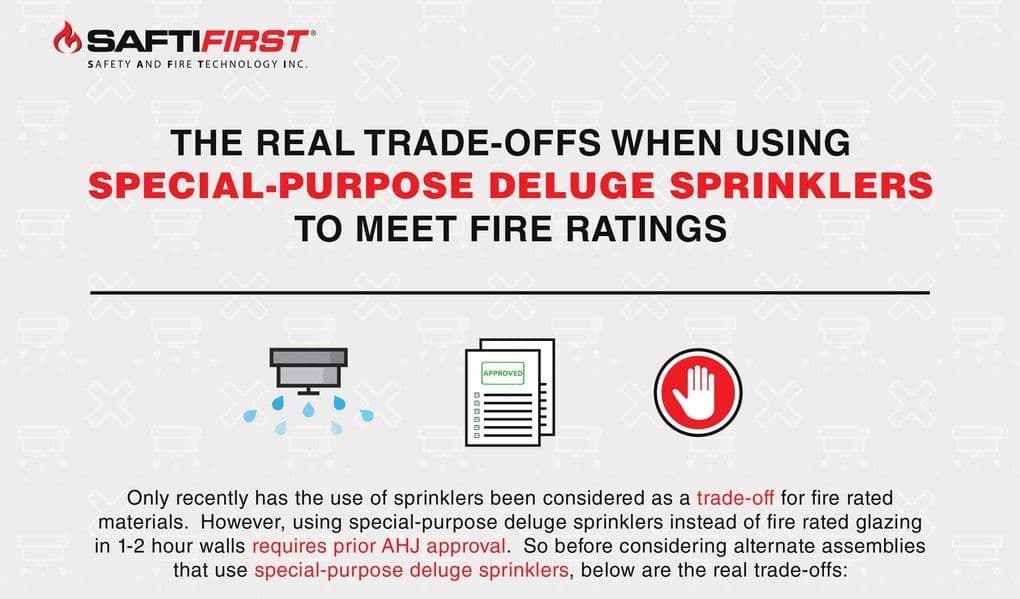
Using Special-Purpose Deluge Sprinklers To Meet Fire Ratings
Deluge fire protection systems utilize unpressurized dry piping and open sprinkler heads, featuring a system directly connected to a water supply. Upon system activation, a deluge valve releases water to all available sprinkler heads, with the valve opening by triggering smoke or heat detection systems.
Deluge fire sprinkler systems are often installed in high-hazard areas like power plants, aircraft hangars, and chemical plants. Some opt to use these special-purpose sprinklers due to their capacity to simultaneously release water and other fire suppressants to all open sprinkler heads. Additionally, deluge sprinklers come in several types based on the situation each is best fit to handle.
First are the electronically operated deluge fire systems. The system activates through a detector or pull station that energizes a solenoid valve, releasing prime water off the top of the valve and allowing the deluge valve to trip and deliver water.
Then, there are the pneumatic deluge systems that utilize a small airline with sprinkler heads on top, serving as the detection line. The sprinkler heads atop the small detection airline are triggered, draining the airline and allowing the pneumatic actuator to open and release water from the top of the valve.
The high-powered deluge fire system has several uses in hazardous situations. However, with tremendous advantages comes significant disadvantages. A substantial disadvantage of utilizing deluge fire sprinkler systems is that all sprinkler heads are open and connected.
This feature could be a problem because as water flows, every fire sprinkler system connected will pour out water all at once. Ironically, the same selling point that makes this fire sprinkling system viable is also the one that makes it hazardous.
Before utilizing this type of sprinkler system, firefighters and fire protection system practitioners should be aware of the potential harm it can cause. Let this infographic serve as your guide to the potential dangers of employing deluge fire systems as it discusses in-depth the real trade-offs when using special-purpose deluge sprinklers to meet a building's fire rating.

Appreciate the creator